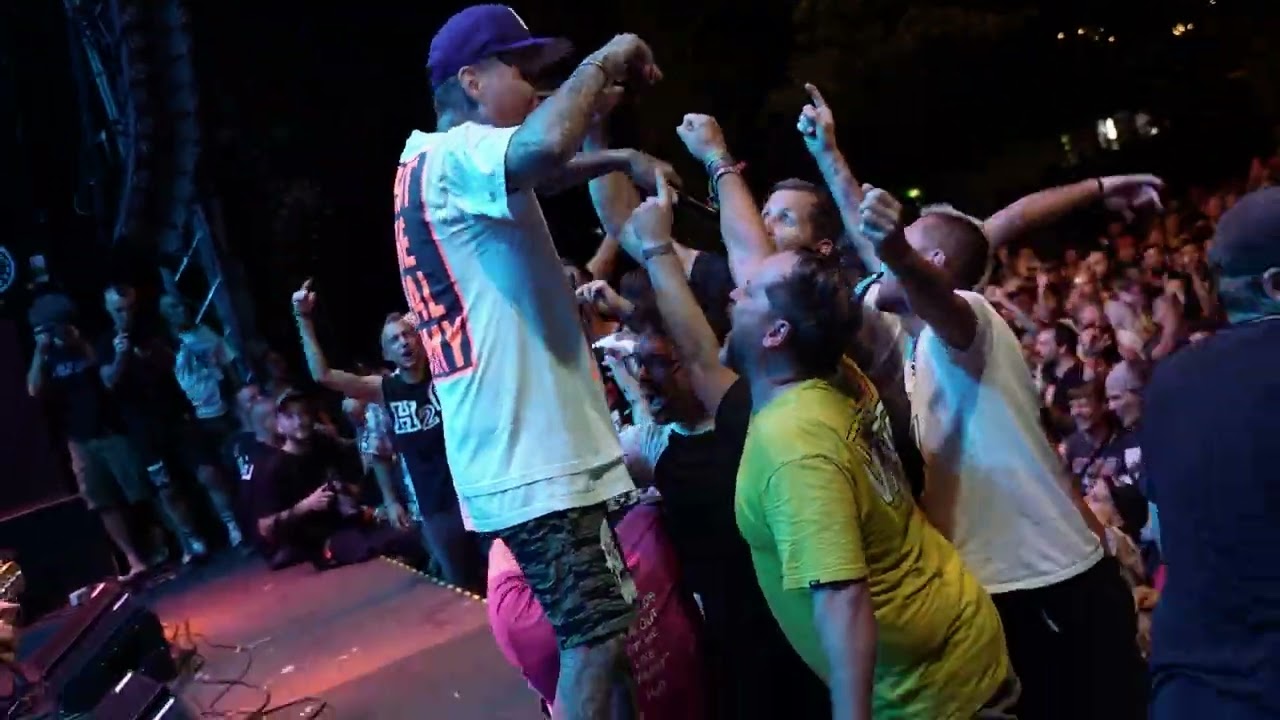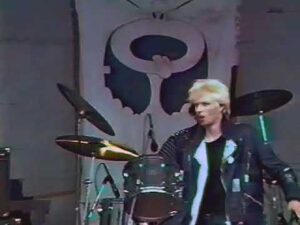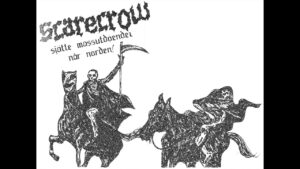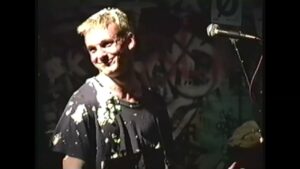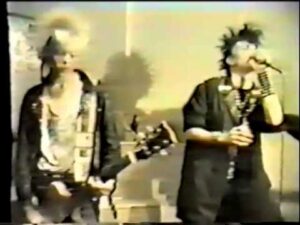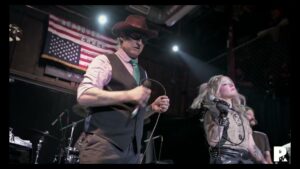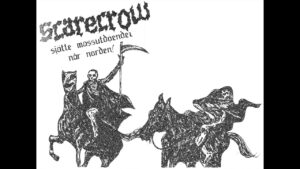Formation & Members
Life… But How to Live It? (ライフ…バット・ハウ・トゥ・リヴ・イット?) emerged as a dynamic force in the punk and hardcore scene during the late 1980s. Hailing from Oslo, Norway, the band was formed in 1988 by a group of musicians who had previously been part of other influential local acts. The lineup consisted of Katja Benneche Osvold on vocals, Geir Petter Jensen on guitar, Roger Andreassen on bass, and Kyrre Fritzner on drums. Each member brought their own unique flair and extensive experience from participating in other bands, which played a crucial role in shaping their distinctive sound.
The band quickly became known for their energetic live performances and commitment to the DIY ethic central to the punk movement. Their formation was a response to a vibrant underground scene in Oslo, where punk music was not just about the sound but also about community and ideology. This collective passion for music and social issues became the foundation of Life… But How to Live It?
Musical Style & Characteristics
Life… But How to Live It? crafted a sound that was both fierce and melodic, characterized by a blend of hardcore punk and post-punk influences. Their music was driven by fast-paced guitar riffs, pounding rhythms, and Katja’s powerful and emotive vocal delivery. The band’s lyrics often tackled themes of personal and political struggle, reflecting their deep engagement with issues such as social justice and personal empowerment.
What set Life… But How to Live It? apart from other punk bands of their time was their ability to combine raw energy with melodic hooks, creating songs that were both aggressive and catchy. Their sound was anthemic, capable of rallying crowds and conveying messages with intensity and clarity. This unique combination made them a standout act in the punk scene, appealing to fans across different subgenres.
Key Works & Discography
Life… But How to Live It? released several key works that solidified their status as a seminal band in the punk scene. Their self-titled debut album, “Life… But How to Live It?”, released in 1989, was a critical success and is often cited as a defining album of the Norwegian punk movement. The album featured standout tracks such as “Green” and “The Show Must Go On,” which showcased their signature blend of intensity and melody.
In 1990, the band released “Day by Day,” an album that further expanded their musical horizons. This record included tracks like “No Easy Way Out” and “Burn,” which demonstrated their ability to evolve while staying true to their punk roots. Their third album, “Ugly,” released in 1992, continued to build on their reputation for crafting compelling and socially conscious punk music.
Throughout their career, Life… But How to Live It? also released a number of EPs and singles, each contributing to their growing legacy. Their discography remains a testament to their influence and the high regard in which they are held by fans and critics alike.
Influence on Other Bands/Scenes
Life… But How to Live It? not only made a significant impact within Norway but also resonated with punk scenes globally. Their music and message inspired countless bands across Europe and beyond, helping to foster a sense of unity and purpose within the punk community. Their commitment to addressing social issues through music laid the groundwork for future generations of punk bands that sought to use their platform for activism and change.
The band’s influence extended to the development of melodic hardcore, a subgenre that blends the speed and aggression of hardcore punk with melodic elements. Many bands cite Life… But How to Live It? as a key influence in their sound and ethos, highlighting the band’s role in shaping the direction of punk music in the late 20th century.
Breakups or Reunions
Despite their success and growing influence, Life… But How to Live It? faced challenges common to many bands. In 1994, after six years of relentless touring and recording, the band decided to disband. The decision was not due to any internal conflict but rather a mutual agreement that they had accomplished what they set out to do.
Over the years, there have been occasional discussions and rumors about potential reunions, which often excite their fanbase. However, as of now, the band has not officially reunited, and their members have pursued various personal and professional endeavors. Despite the lack of a formal reunion, the legacy of Life… But How to Live It? continues to thrive through their recordings and the bands they have influenced.
Current Reputation & Legacy
Today, Life… But How to Live It? is regarded as one of the seminal bands in the punk and hardcore scenes. Their music continues to resonate with both longtime fans and new listeners discovering their work. The band’s ability to merge powerful messages with compelling music has ensured their place in the annals of punk history.
Their influence is evident in the continued popularity of their albums and the enduring respect they command in the punk community. Life… But How to Live It? is often cited in discussions about the evolution of punk music, particularly in the context of the Scandinavian punk scene, which they helped to put on the map.
Conclusion
Life… But How to Live It? remains a beacon of inspiration and a testament to the power of punk music to effect change and bring people together. Their formation during a vibrant period in Norwegian punk, coupled with their dedication to music and message, left an indelible mark on the genre. Although they disbanded after a relatively short career, their legacy endures through their influential discography and the countless bands they inspired.
As fans and new listeners continue to discover and revisit their music, Life… But How to Live It? stands as a reminder of the timeless nature of punk’s energy, passion, and potential for social impact. Their story is one of creativity, commitment, and the enduring spirit of punk rock.

